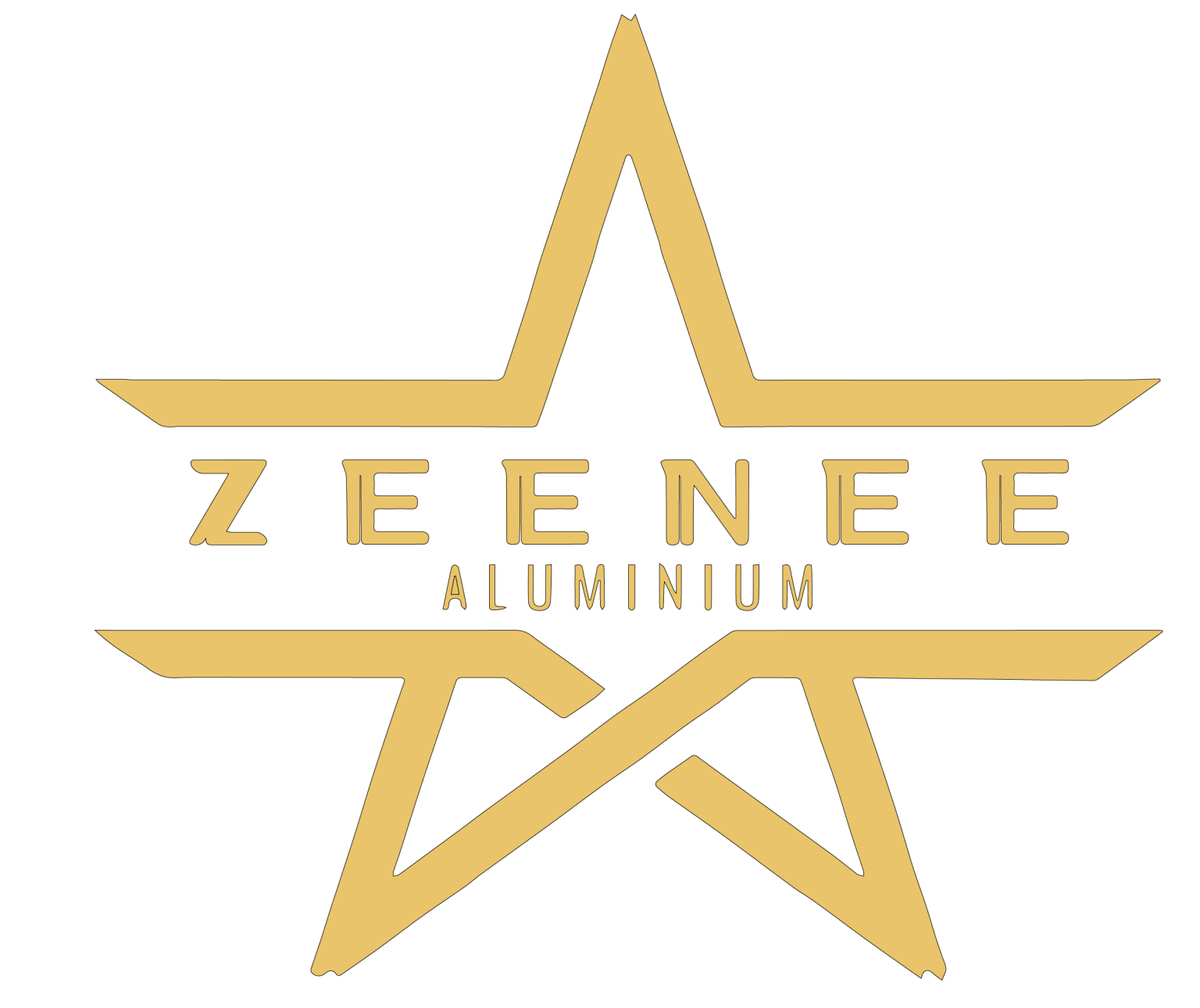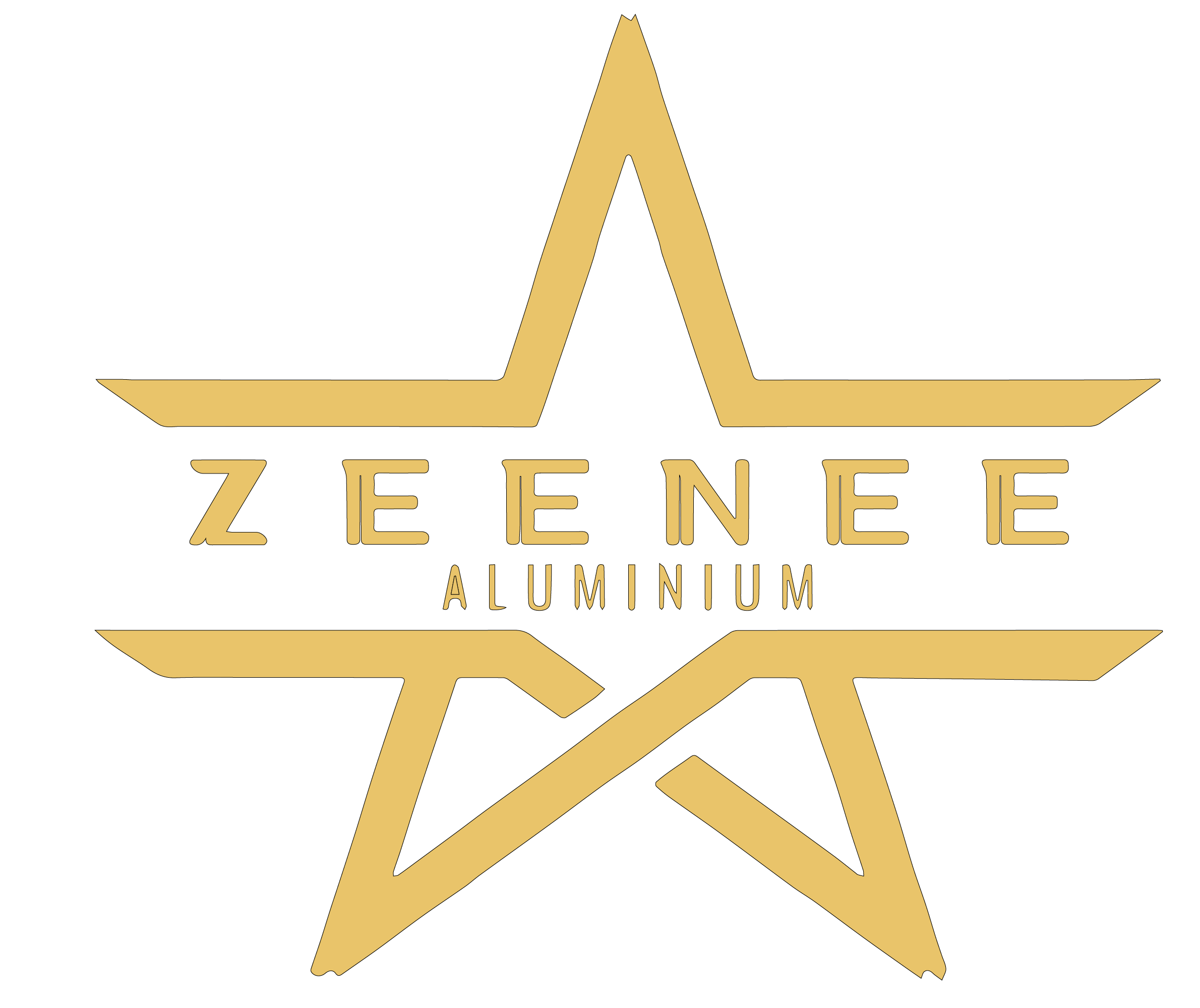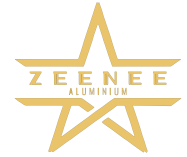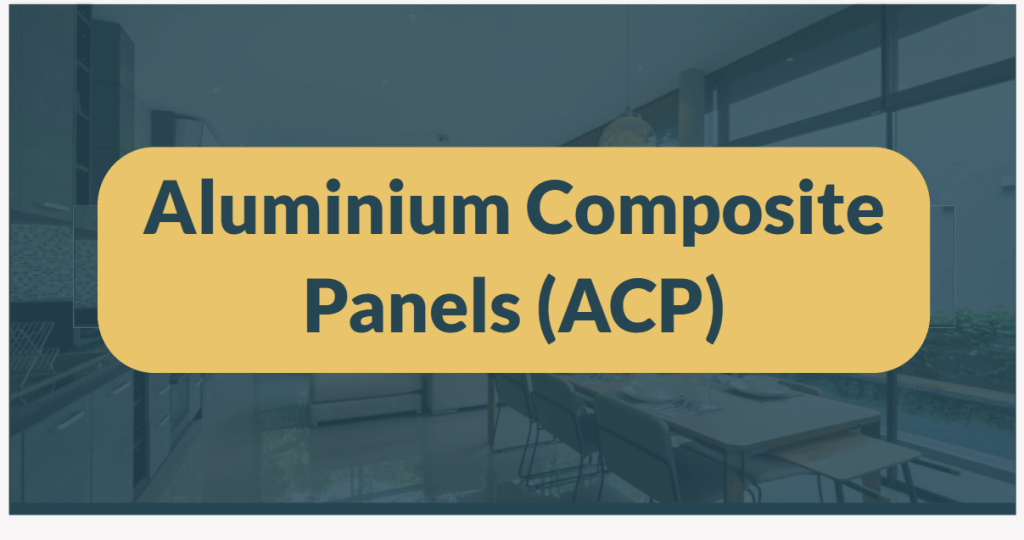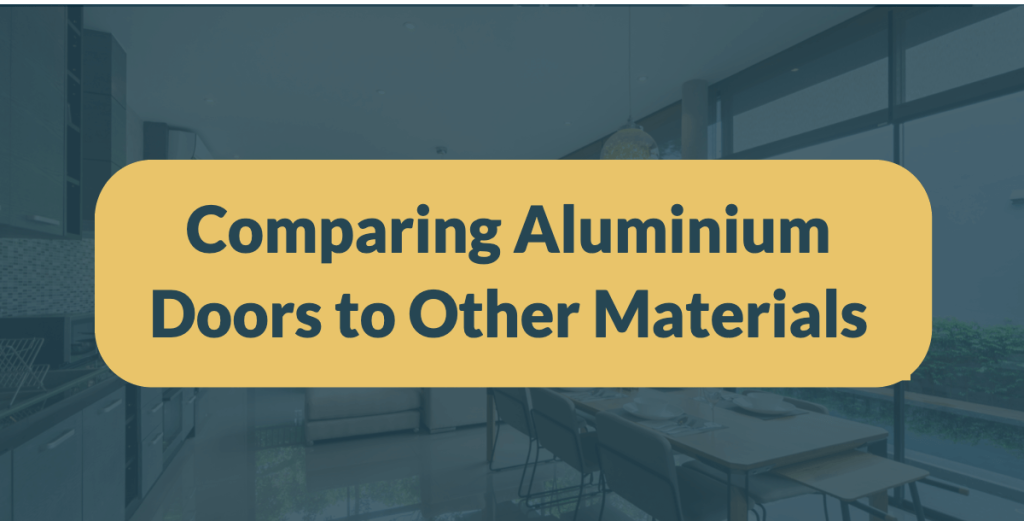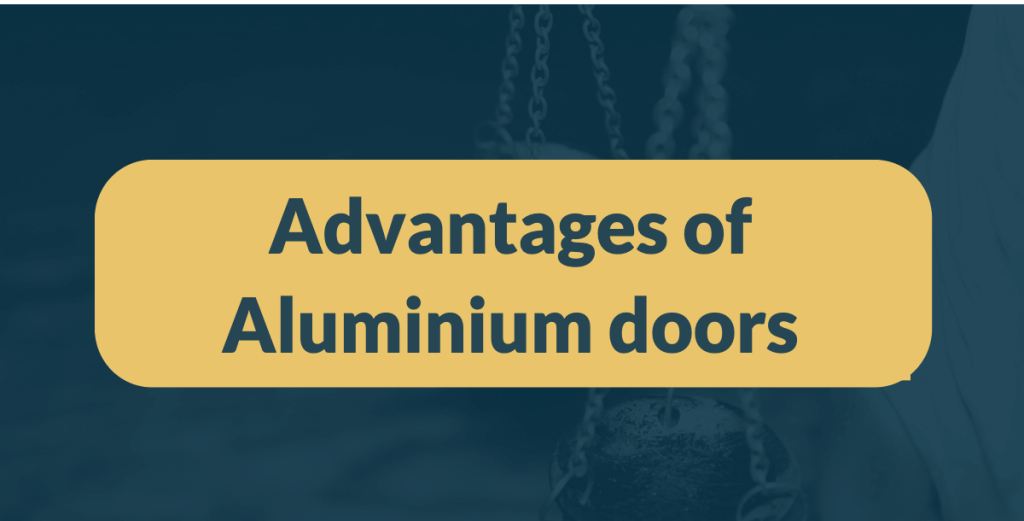Welcome to our comprehensive guide to ACP, Dibond, and ACM – a versatile sheet material known as Aluminium Composite Panels. Whether you’re in need of wall cladding, signage, or interior design solutions, aluminium composite material offers a broad range of possibilities for both indoor and outdoor applications.
Aluminium composite panels are composed of two aluminium sheets bonded to a polyethylene core, creating a sandwich-like structure. This construction makes them long-lasting and provides excellent dimensional stability. The thin aluminium sheets on the outer layers ensure an extremely flat surface, perfect for printing eye-catching designs or applying vinyl graphics with ease.
One of the key features of ACP is its versatility. With a range of colours and finishes available, including brushed aluminium and white aluminium composite, you can bespeak the perfect look for your project. Additionally, the virtually impossible-to-separate bond between the aluminium sheets and the polyethylene core ensures durability and resistance to corrosion.
ACM sheets are easy to work with, allowing for fabrication using CNC machines or simple tools like saws. The material maintains its flat and smooth surface even when cut to size. This dimensional stability makes ACM ideal for creating 2D and 3D designs that will impress in both indoor and outdoor settings.
At our online checkout, you’ll find an extensive range of aluminium composite panels to choose from, including Dibond sheets, fire-retardant options, and various thicknesses such as 3mm. We offer competitive prices and prompt shipping, ensuring your order arrives quickly and securely while keeping shipping costs in mind.
So whether you’re a professional sign maker, an interior designer, or simply someone looking for a popular material that is easy to work with, our range of aluminium composite sheets has you covered. Explore the possibilities and unlock the potential of this versatile sheet material for your next project.
What are Aluminium Composite Panels?
Aluminium Composite Panels (ACPs) are a type of sandwich alupanel consisting of two aluminium sheets bonded to a core material. The core material, which is typically made of non-aluminium materials like polyethylene (PE) or fire-retardant (FR) compounds, provides rigidity and insulation. The aluminium sheets on the exterior offer exceptional strength and durability. ACPs are known for their lightweight nature, making them a popular choice in various industries for their versatility and ease of installation. They can be cut to size, have colour options and can be used indoors and outdoors.
Composition and Structure of Aluminium Composite Panels
ACPs are composed of three main layers: the top aluminium sheet, the core material, and the bottom aluminium sheet. The core material acts as a dibond agent and provides structural integrity to the panel. The two outer aluminium sheets serve as protective layers, ensuring the panel’s resistance to weathering, impact, and other external forces. The layers are tightly bonded together using a special adhesive, creating a stable and rigid composite structure.
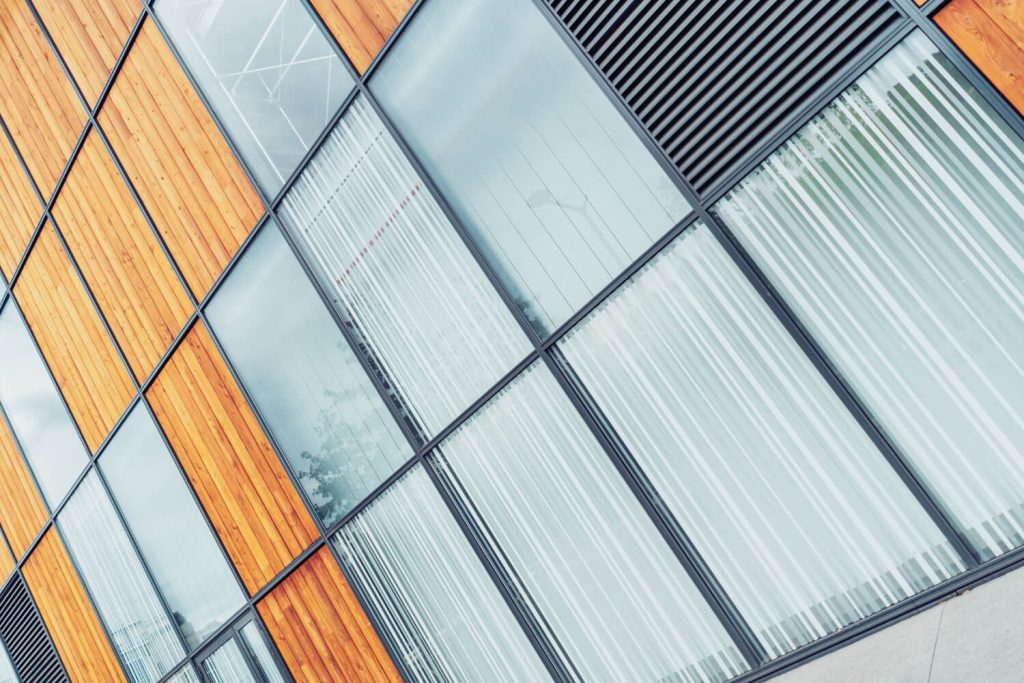
Advantages of Aluminium Composite Panels
a. Durability and Longevity: acp panels are highly durable and can withstand harsh weather conditions, UV radiation, and temperature fluctuations. They are resistant to corrosion, fading, and physical damage, ensuring their longevity and maintaining their aesthetic appeal over time.
b. Lightweight and Easy Installation: ACPs are lightweight compared to solid aluminium sheets or other cladding materials. This makes them easy to handle, transport, and install. Their lightweight nature reduces the load on the building structure and simplifies installation, saving time and labor costs.
c. Versatility in Design and Finishes: ACPs offer a wide range of design possibilities, thanks to their versatility in finishes, colors, and textures. They can be customized to mimic natural materials like wood or stone, providing an aesthetic appeal without the associated maintenance requirements. ACPs also allow for creative design options, such as curved shapes and innovative façade solutions.
d. Weather Resistance and UV Protection: Aluminium composite panels have excellent weather resistance properties, making them suitable for exterior applications. They are designed to withstand intense sunlight, moisture, and temperature changes without warping, cracking, or fading. The panels also provide effective UV protection, preventing color degradation and preserving their visual appearance.
e. Fire Resistance and Safety: Fire safety is a critical consideration in building design. ACPs are available with fire retardant (FR) cores that comply with fire safety regulations. These FR core panels inhibit the spread of flames and emit minimal smoke and toxic gases in case of a fire. This enhances the safety of the building and its occupants.
Applications of Aluminium Composite Panels
a. Architecture and Building Facades: ACPs are widely used in architectural projects for their aesthetic appeal, durability, and design versatility. They are commonly employed in building facades, curtain walls, cladding systems, and exterior wall coverings, giving structures a modern and visually appealing appearance.
b. Interior Design and Decoration: ACPs find applications in interior design and decoration, adding a sleek and contemporary touch to spaces. They are used for wall panels, partitions, ceiling panels, column covers, and furniture components. The versatility in finishes and colors allows for the creation of unique and customized interior designs.
c. Signage and Advertising: ACP are ideal for signage and advertising purposes. Their smooth and flat surface provides an excellent canvas for graphics, logos, and signage elements. ACPs are widely used in outdoor signage, billboards, display boards, and shopfronts, offering high visibility and long-lasting durability.
d. Transportation and Automotive Industry: ACPs play a significant role in the transportation and automotive industry. They are utilized in the manufacturing of train interiors, aircraft cabins, bus panels, and automotive components. ACPs provide lightweight solutions without compromising strength, making them suitable for enhancing fuel efficiency and overall performance.
Types and Variations of Aluminium Composite Panels
a. Standard PE Core Panels: These panels have a core material made of polyethylene, offering good rigidity and affordability. They are commonly used in non-fire-rated applications where fire resistance is not a critical requirement.
b. Fire-Retardant (FR) Core Panels: FR core panels have a core material that is specifically formulated to inhibit the spread of flames and reduce smoke emission. They are used in projects where fire safety regulations must be met, such as high-rise buildings and public spaces.
c. Aluminum Core Panels: These panels feature an aluminium core instead of non-aluminium materials. Aluminium core panels offer exceptional rigidity, impact resistance, and dimensional stability. They are preferred in applications that demand high structural strength and durability.
d. Granite and Wood Texture Panels: ACPs are available in a variety of finishes, including granite and wood textures. These panels mimic the natural appearance of granite or wood, providing an aesthetic appeal while offering the advantages of aluminium composite panels.
Aluminium composite panels offer a host of benefits, from their durability and lightweight nature to their versatility in design and applications. With different types and finishes available, ACPs provide a reliable and visually appealing solution for various industries and projects.
Types and Variations of Aluminium Composite Panels
a. Standard PE Core Panels:
Standard Polyethylene core panels are a common and cost-effective option for various applications. The core material consists of polyethylene, offering good rigidity and affordability. These panels are lightweight and easy to handle, making installation convenient. They provide versatility in design with a range of finishes, colors, and textures available to suit different architectural styles. Standard PE core panels are typically used in interior design projects, signage, and other applications where fire resistance is not a critical requirement.
b. Fire-Retardant (FR) Core Panels:
Fire-retardant (FR) core panels are specifically designed to meet stringent fire safety regulations. The core material used in these panels is formulated to inhibit the spread of flames and reduce smoke emission in the event of a fire. FR core panels offer enhanced fire resistance and are commonly used in high-rise buildings, public spaces, and areas where strict fire safety requirements must be met. These panels provide a reliable and safe solution, giving building owners and occupants peace of mind.
c. Aluminum Core Panels:
Aluminum core panels are known for their exceptional strength, rigidity, and dimensional stability. The core material consists of aluminum, providing excellent structural integrity and durability. Aluminum core panels are ideal for applications that demand high performance and strength, such as commercial buildings, transportation, and the automotive industry. These panels can withstand extreme weather conditions and offer enhanced impact resistance. They are a preferred choice for projects that require long-lasting durability and structural stability.
d. Granite and Wood Texture Panels:
Granite and wood texture panels are designed to replicate the natural beauty of granite or wood without the maintenance requirements. These panels feature advanced printing techniques that create realistic textures and finishes. They offer a cost-effective alternative while retaining the lightweight and versatile characteristics of aluminium composite panels. Granite and wood texture panels are commonly used in architectural applications, interior design, and decorative elements, providing spaces with an elegant and sophisticated look.
Choosing the Right Aluminium Composite Panel
a. Performance and Technical Specifications:
When selecting an composite sheet, it is essential to consider its performance and technical specifications. Factors such as panel thickness, strength, weather resistance, impact resistance, and thermal insulation should be evaluated based on the specific project requirements.
b. Aesthetic Considerations and Design Options:
Aesthetic considerations play a significant role in choosing the right aluminium composite panel. The panel should align with the desired architectural style, color scheme, and overall design vision. Consider the range of finishes, textures, and colors available to achieve the desired aesthetic impact.
c. Sustainability and Environmental Impact:
Sustainability is a growing concern in the construction industry. Evaluate the environmental impact of the aluminium composite sheet, including its recyclability, use of sustainable materials, and adherence to environmental standards.
d. Compliance with Building Codes and Regulations:
Ensure that the chosen composite panels are suitable with relevant building codes and regulations. It should meet fire safety requirements, structural standards, and any specific regulations applicable to the project location.
By carefully considering performance, aesthetics, sustainability, and compliance, you can select the most suitable aluminium composite panel for your project, ensuring both functional and visual satisfaction.
Safety and Fire Regulations for Aluminium Composite Panels
a. Understanding Fire Ratings and Standards:
Fire safety is a critical aspect when it comes to the use of aluminium composite panels (ACPs). Understanding fire ratings and standards is essential for ensuring compliance and minimizing the risk of fire hazards. Fire ratings measure the panel’s ability to resist fire and its contribution to flame spread. Common fire ratings include Class A, B, and C, with Class A being the highest level of fire resistance. Familiarize yourself with the fire rating requirements specific to your project and choose ACPs that meet the necessary standards.
b. Compliance with Building Codes and Fire Safety Measures:
To ensure the safe use of aluminium composite material, it is crucial to comply with building codes and implement fire safety measures. Building codes provide guidelines and regulations for construction practices, including the use of fire-resistant materials. Work closely with architects, engineers, and fire safety professionals to ensure compliance with relevant codes and regulations. Implement additional fire safety measures such as proper installation, fire barriers, and adequate evacuation plans to enhance overall safety.
Case Studies: Inspiring Projects with Aluminium Composite Panels
a. Iconic Buildings and Architectural Masterpieces:
ACPs have been instrumental in the creation of iconic buildings and architectural masterpieces worldwide. Explore case studies of buildings where ACPs have been used creatively and effectively. Witness how ACPs have transformed facades, added depth and character, and contributed to the overall visual appeal of renowned structures. Discover the unique design possibilities and aesthetic impact that ACPs offer in the realm of architectural design.
b. Creative Interior Designs and Artistic Applications:
ACPs are not limited to exterior applications alone. They have also found their way into interior design, bringing creativity, functionality, and style to indoor spaces. Delve into case studies that showcase innovative uses of ACPs in interior design projects. From feature walls and ceiling treatments to unique partitions and decorative elements, witness how ACPs can elevate the aesthetics of interior spaces and create captivating environments.
c. Innovative Signage and Advertising Installations:
ACPs have become a go-to choice for creating eye-catching signage and advertising installations. Explore case studies of projects that demonstrate the versatility and impact of ACPs in the realm of signage and advertising. Discover how ACPs have been utilized to create striking outdoor signage, captivating billboards, and dynamic advertising displays. See how ACPs combine durability, visual appeal, and flexibility to deliver outstanding results in the advertising industry.
Future Trends and Innovations in Aluminium Composite Panels
a. Advanced Coating Technologies:
The future of ACPs lies in advanced coating technologies that offer enhanced performance and aesthetics. Innovations in coating materials and processes allow for improved weather resistance, durability, and color retention. Explore the latest developments in coating technologies and how they contribute to the longevity and visual appeal of ACPs. Discover new finishes, textures, and effects that can be achieved, elevating the possibilities for architectural and design applications.
b. Integration of Smart Features:
As technology continues to advance, the integration of smart features into ACPs is an emerging trend. Imagine ACPs that incorporate sensors, lighting systems, or interactive elements, bringing functionality and interactivity to building facades or interior spaces. Explore how ACPs can seamlessly integrate with smart building systems and contribute to the creation of intelligent and sustainable environments.
c. Sustainable and Recyclable Solutions:
Sustainability is a growing concern in the construction industry. The future of ACPs lies in the development of sustainable and recyclable solutions. Discover innovations in eco-friendly materials, manufacturing processes, and recyclability of ACPs. Explore how these advancements contribute to reducing the environmental impact and promoting sustainable building practices.
By understanding safety regulations, exploring inspiring case studies, and staying abreast of future trends and innovations, you can make informed decisions about the use of aluminium composite panels in your projects. Embrace the opportunities that ACPs present and unlock their potential for creating visually stunning, safe, and sustainable spaces.
FAQs
What are the disadvantages of aluminum composite panels?
While aluminium composite panels (ACPs) offer numerous advantages, it’s important to be aware of their potential disadvantages. Here are some commonly mentioned drawbacks of ACPs:
1. Vulnerability to denting and scratching: ACPs, particularly those with thinner aluminium sheets, can be susceptible to dents and scratches, especially in high-traffic or harsh environments.
2. Limited heat resistance: ACPs may have limitations in terms of heat resistance. Excessive heat or exposure to open flames can cause damage to the panels, affecting their structural integrity and appearance.
3. Potential for moisture-related issues: If not installed and sealed properly, moisture can penetrate the edges or joints of ACPs, leading to delamination or water damage over time. Proper installation and regular maintenance are essential to mitigate this risk.
4. Limited repair options: In the event of significant damage to ACPs, repairs can be challenging. Replacement or complete panel removal might be required, depending on the extent of the damage.
5. Environmental concerns: While ACPs are recyclable, their disposal and recycling processes can be complex due to the combination of different materials. It’s important to follow proper recycling guidelines to minimize the environmental impact.
It’s worth noting that the disadvantages mentioned above are general considerations and may vary based on the specific brand, quality, and installation practices. Understanding these potential drawbacks allows for informed decision-making when selecting and using ACPs for different applications. Consulting with professionals and adhering to best practices can help mitigate potential disadvantages and ensure the successful use of ACPs in your projects.
Is aluminum composite good?
Yes, aluminum composite panels (ACP) are widely regarded as a good choice for various applications. Here are some reasons why ACP is considered a favorable material:
1. Versatility: ACP offers exceptional versatility in terms of design possibilities. With a wide range of colors, finishes, and textures available, it allows for creative freedom and the ability to achieve various aesthetic effects.
2. Durability: ACP is a durable material that can withstand different weather conditions, including UV exposure, moisture, and temperature variations. It is known for it has corrosion resistance, making it suitable for both indoor and outdoor applications.
3. Lightweight: ACP is lightweight, making it easier to handle, transport, and install compared to other materials such as solid aluminum sheets. Its lightweight nature also contributes to reducing the overall load on structures, which can be particularly advantageous in construction projects.
4. Cost-effective: ACP is generally more cost-effective than solid aluminum sheets, providing a balance between performance and affordability. It offers a visually appealing alternative at a lower price point.
5. Easy maintenance: ACP requires minimal maintenance to retain its appearance and performance. Regular cleaning with non-abrasive solutions is also easy to keep ACP panels looking their best.
6. Insulation properties: Some ACP variants are available with insulation features, providing added thermal and sound insulation benefits to buildings.
It’s important to note that the quality and performance of ACP can vary depending on factors such as brand, manufacturing standards, and installation practices. Therefore, it is advisable to source ACP from reputable suppliers and ensure proper installation by experienced professionals to maximize its benefits.
In Conclusion
Aluminium composite panels (ACPs) offer a versatile and reliable solution for a wide range of applications. Whether you need a lightweight and durable material for signage, cladding, or interior design, ACPs provide exceptional performance and aesthetic possibilities.
ACPs consist of a polyethylene core sandwiched between two aluminium sheets. This composition creates a strong yet lightweight panel that is easy to handle and install. The panels can be cut to size according to your specific requirements, allowing for precise and tailored applications.
One of the significant advantages of ACPs is their ability to be customized. They are available in a variety of colours, finishes, and textures, including brushed options. This versatility enables you to achieve the desired visual impact and seamlessly integrate ACPs into your design concept.
ACPs are commonly used in signage applications due to their suitability for screen printing. The smooth and uniform surface of the panels allows for high-quality graphics and vibrant colours, making your signage stand out.
When choosing ACPs, it’s important to consider the specification and requirements of your project. Whether you need a 3mm thickness or a specific polyethene core, ensure that the chosen ACP meets your desired specifications and performance criteria.
Additionally, ACPs are frequently employed in cladding applications, providing a durable and visually appealing solution. The lightweight nature of ACPs makes them easier to handle during installation while maintaining structural integrity.
In summary, aluminium composite panels offer a combination of strength, versatility, and aesthetic appeal. With their lightweight properties, customizability, and suitability for signage and cladding, ACPs have become a popular choice across various industries. Whether you need a composite sheet for signage, cladding, or interior design, ACPs are an excellent option. Choose ACPs that align with your project requirements, and enjoy the benefits of this reliable and innovative material.
